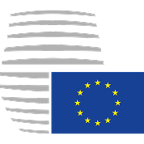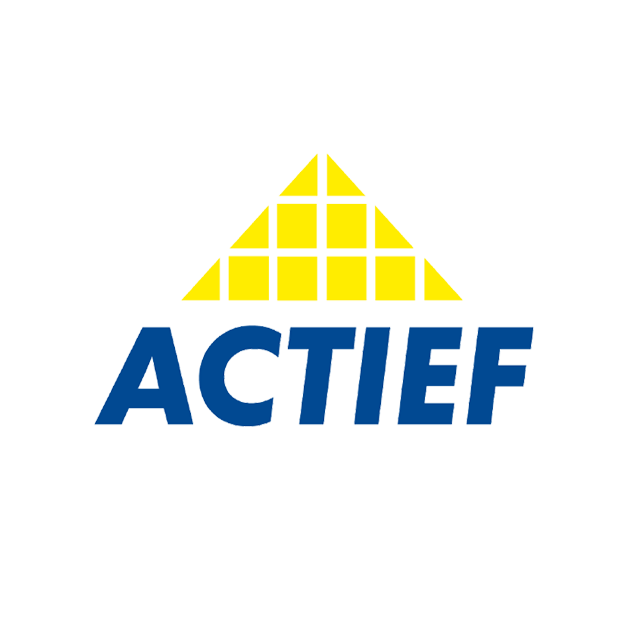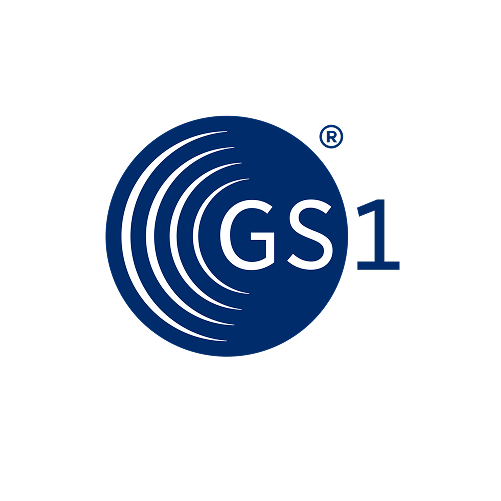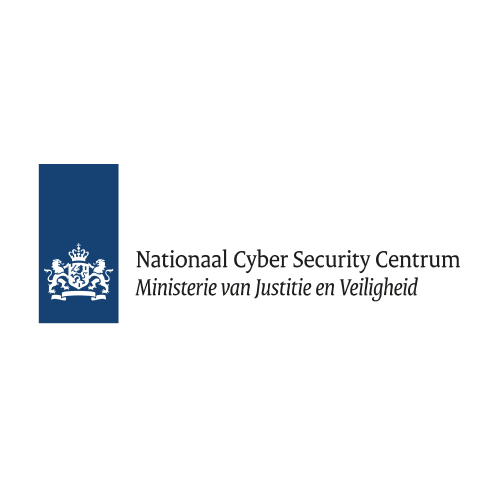Responsible AI in the EU Council Newsroom


The General Secretariat of the Council of the EU, supporting both the European Council and the Council of the EU, runs the Newsroom platform to provide free access to media on EU activities. To explore AI for automating media annotation, they partnered with ML6 to ensure the solution would be technically sound and ethically trustworthy.

Catch up quickly
ML6 worked with the EU Council Newsroom team to assess the feasibility and ethical risks of using AI for media annotation. Using a risk assessment methodology based on the EU’s seven dimensions of Trustworthy AI, ML6 provided technical and ethical recommendations covering robustness, data privacy, fairness, and governance. This proactive evaluation equips the Newsroom team with the insights needed to design AI solutions responsibly, mitigating risks early while boosting efficiency and freeing time for higher-value work.
About this client
The European Council and the Council of the European Union are two of the main institutions of the European Union (EU). The European Council is composed of Heads of state or government of the 27 EU member states, the European Council President and the President of the European Commission, and defines the political direction and priorities of the EU. The Council of the EU is composed of national government ministers from each member state. The Council negotiates and adopts EU laws, in most cases together with the European Parliament. The General Secretariat of the Council serves both of these institutions. Via the Newsroom website, this institution provides free of charge access to high-quality video, image and audio files covering all significant activities of the EU Council, such as roundtable discussions and press conferences.
Impact
To explore AI for automating media annotation, the EU Council Newsroom team partnered with ML6 to evaluate both technical feasibility and ethical risks. This proactive approach ensures efficiency gains while safeguarding compliance, fairness, and trust.
Technical Feasibility
01Evaluated how an AI-based solution could be applied to automate annotation of media assets.
Ethical Risk Assessment
02Applied ML6’s methodology based on the 7 dimensions of Trustworthy AI to identify key risks.
Actionable Recommendations
03Delivered concrete guidance to mitigate risks already during solution design.
Responsible AI by Design
04The EU Council Newsroom team sets an example by integrating ethical assessments at an early stage of AI adoption.

Challenge
To increase efficiency, free up time of the EU Council Newsroom and allow them to focus on more valuable tasks, the team is considering the use of an AI-based system to automate the process of annotating media files. Seeing the importance of and need for building ethical and trustworthy AI applications, the EU council wanted to be a forerunner in accompanying the technical design of an AI solution with an in-depth ethical assessment.
Solution
In the conceptual phase, ML6 and the EU Council Newsroom team focused on identifying risks and embedding ethical and technical safeguards into the design of an AI-based annotation system.
Technical Considerations
01Focus on the safety and robustness of the AI system, alongside strict attention to data privacy and governance to ensure reliable and compliant operation.
Fairness & Diversity
02Guaranteeing inclusive design choices and addressing potential bias to ensure the system works equally well across different contexts and users.
Trustworthy AI Framework
03Using ML6’s risk assessment methodology and the EU’s 7 dimensions of Trustworthy AI to ensure legality, ethical responsibility, and technical reliability throughout the AI lifecycle.
Responsible AI by Design
04Aligning AI solutions with ethical values, while identifying and mitigating risks early to maximise benefits and build long-term trust.
Results
The assessment process started with a series of interviews with members of the Newsroom team, which provided valuable insights into their daily tasks and processes. These interviews have been followed by an in-depth technical and ethical assessment of potential solutions. In addition, the ML6 team also carried out various technical experiments to gather a deeper understanding of the topic at hand. All findings were summarised in a report, serving as documentation of potential risks and risk mitigation strategies.
Inspired?
Let’s connect and make it happen!
Ready to elevate your AI game? Schedule a meeting with us today and let’s craft a winning strategy together!
Cupcake ipsum dolor sit amet apple pie.
Frequently Asked Questions
Lorem ipsum dolor sit amet, consectetur adipiscing elit, sed do eiusmod tempor incididunt ut labore et dolore magna aliqua. Ut enim ad minim veniam, quis nostrud exercitation ullamco laboris nisi ut aliquip ex ea commodo consequat. Duis aute irure dolor in reprehenderit in voluptate velit esse cillum dolore eu fugiat nulla pariatur. Excepteur sint occaecat cupidatat non proident, sunt in culpa qui officia deserunt mollit anim id est laborum.






